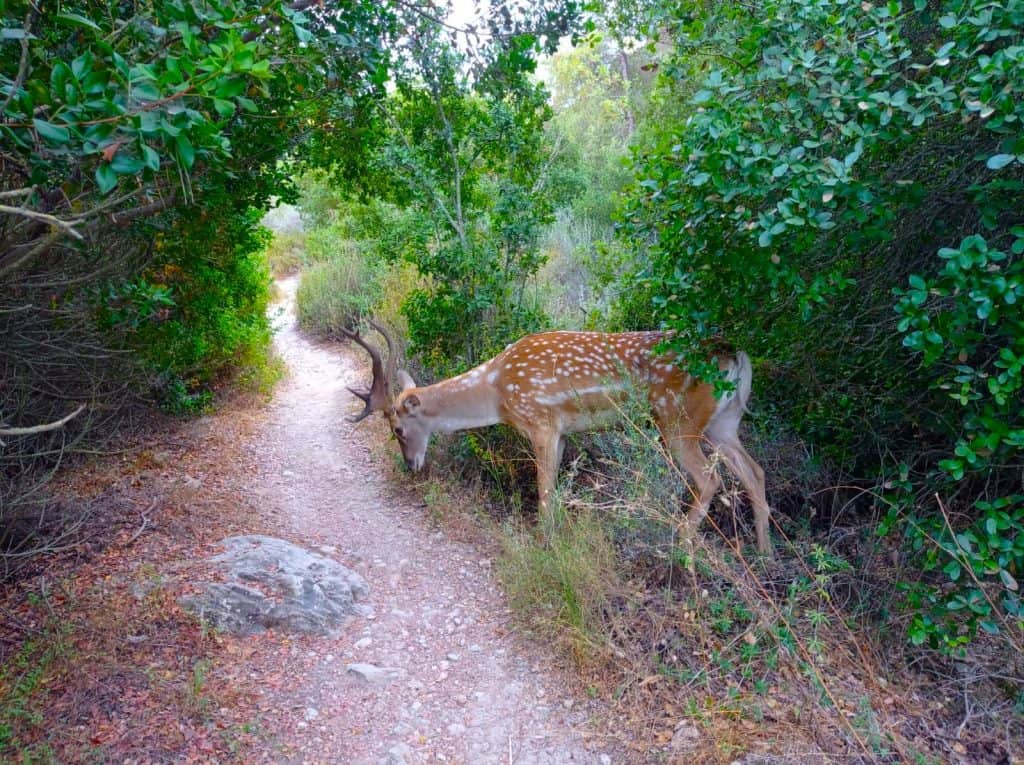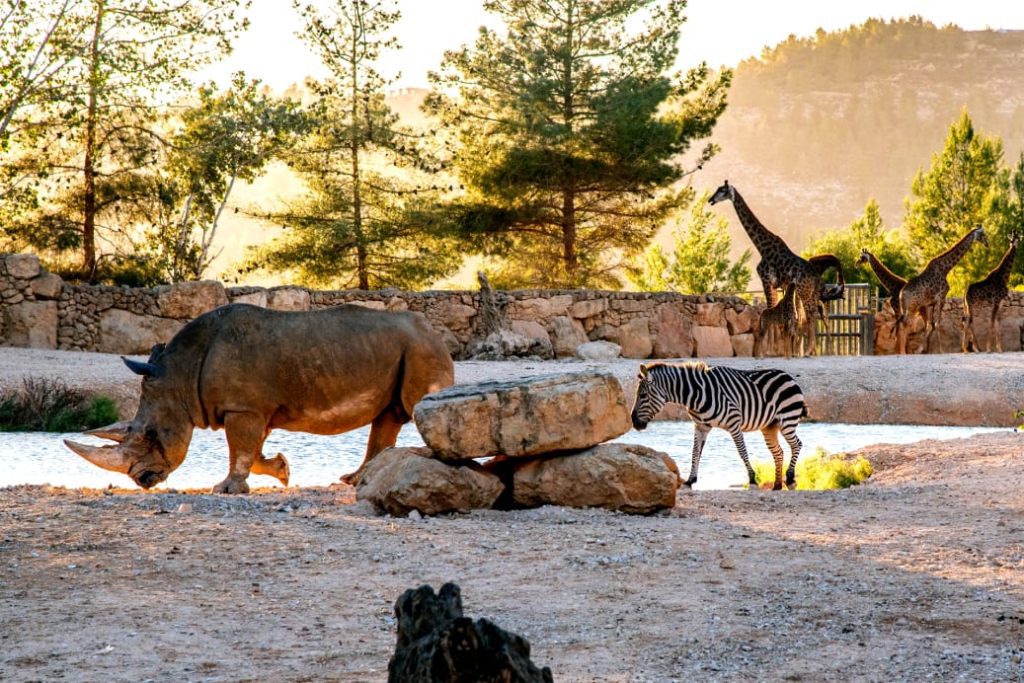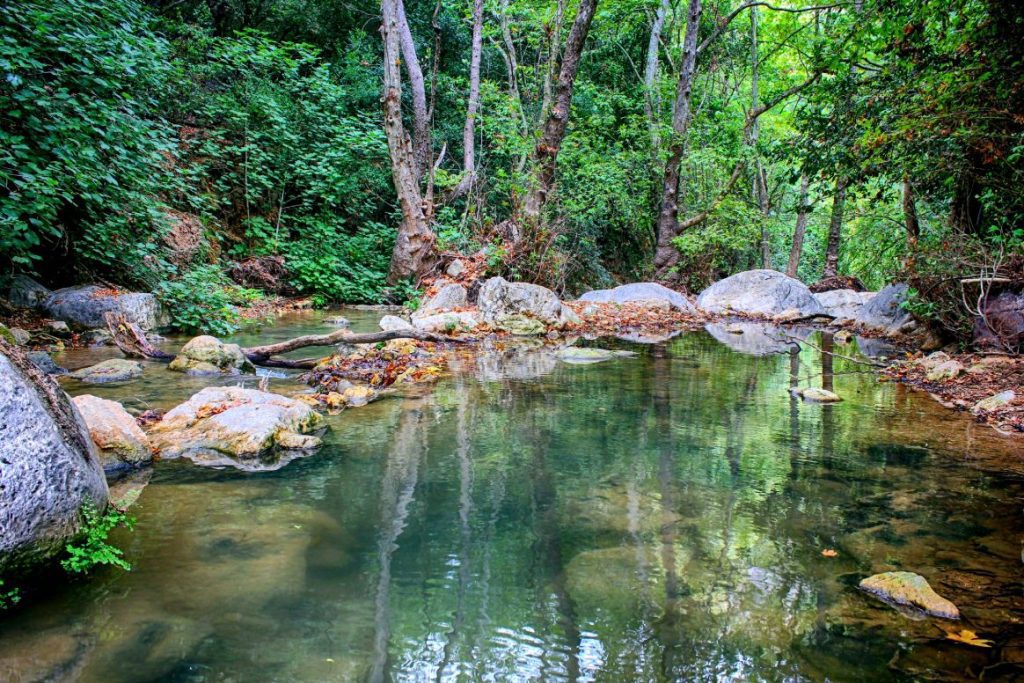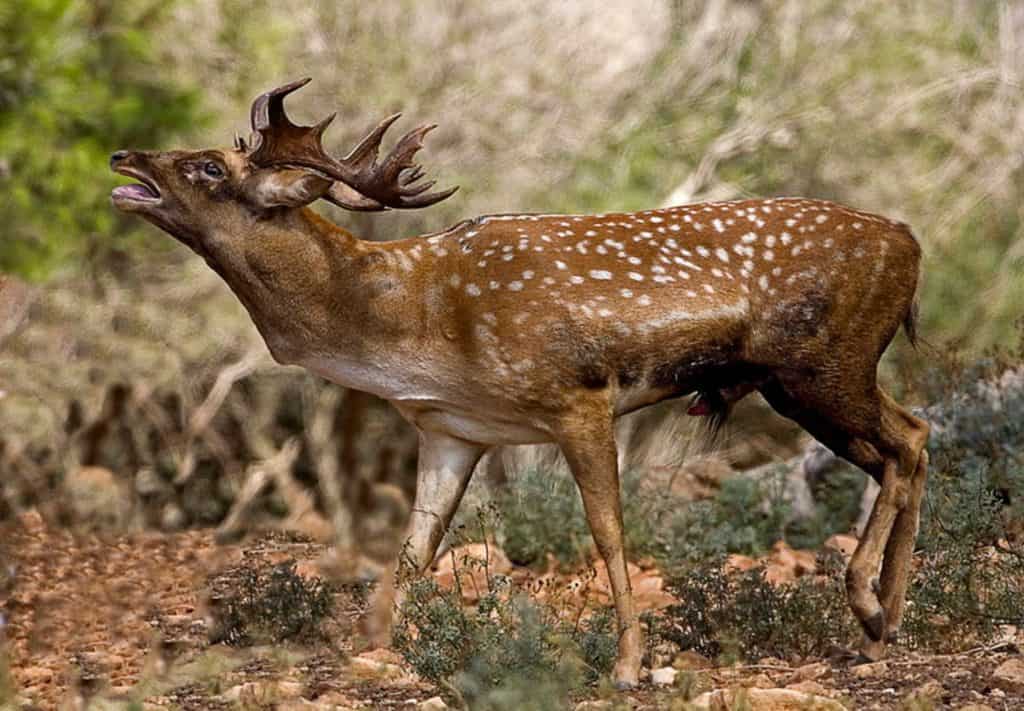The Persian fallow deer (Mesopotamian fallow deer) is a beautiful and rare species native to the Middle East. It was once widespread throughout the region but is now found only in a few isolated populations due to hunting and habitat destruction. One of these populations is found in Israel, where the deer is considered a national treasure.

Credit: Yoav Sorek, CC BY-SA 4.0, via Wikimedia Commons
Who Are You, Persian Fallow Deer?
The Persian fallow deer is a relatively small species, with males weighing around 70 to 90 kg and females weighing around 40 to 50 kg. They are known for their impressive antlers, which are shed and regrown yearly. Male Persian fallow deer use their antlers to compete with other males to access females during mating season.
The Mesopotamian fallow deer is an herbivore, feeding on various plants, including grasses, leaves, and bark. They are primarily active during the day and spend much time foraging for food. The Persian fallow deer is also known for its impressive agility and speed, which it uses to evade predators such as wolves and leopards.
Jerusalem Biblical Zoo

The Importance of the Mesopotamian Fallow
In addition to their conservation value, the Persian fallow deer also has cultural and historical significance. In many parts of the Middle East, the deer is considered to be a symbol of beauty and grace, and has been depicted in art and literature for centuries. The Persian fallow deer is also mentioned in ancient texts, including the Bible and the Quran, and was once an important part of the local ecosystem.
Nahal Kziv Nature Reserve

The Mesopotamian Fallow meat was served on King Solomon’s table and is mentioned as one of the pure animals in the Hebrew Bible. Furthermore, Henry Baker Tristram (1888) wrote that the deer is rare in the north of Israel and that a few individuals live in the groves northwest of Mount Tabor and in lower Galilee. The last individual in our area was hunted in 1922 in West Jordan. In 1925 deer’s horns were still being sold in the markets of Jerusalem, probably brought from Jordan. The deer became extinct from the Land of Israel at the end of the 19th century or the beginning of the 20th century.
Ongoing Conservation Efforts
Since then, conservation efforts have been underway to protect and grow the population. Today, the Persian fallow deer in Israel is a protected species, and efforts are being made to increase its numbers. The population in the Carmel Mountains has grown to around 70 individuals, and there are plans to establish additional populations in other parts of the country. The conservation efforts have been successful due to the cooperation of the Israeli government, non-governmental organizations, and local communities.
Hai-Bar Carmel Nature Preserve

Credit: Eyal Bartov, CC BY-SA 3.0, via Wikimedia Commons
So a major part of the conservation program involves habitat restoration, such as planting new trees and shrubs that provide food and cover for the deer. In addition, a breeding program has been established to increase the population of deer. In addition, the Persian fallow deer is an important cultural and ecological symbol in Israel and has become a popular tourist attraction. Visitors can see the deer in the wild or at breeding centers, and educational programs teach about the importance of conservation and the challenges faced by endangered species.







